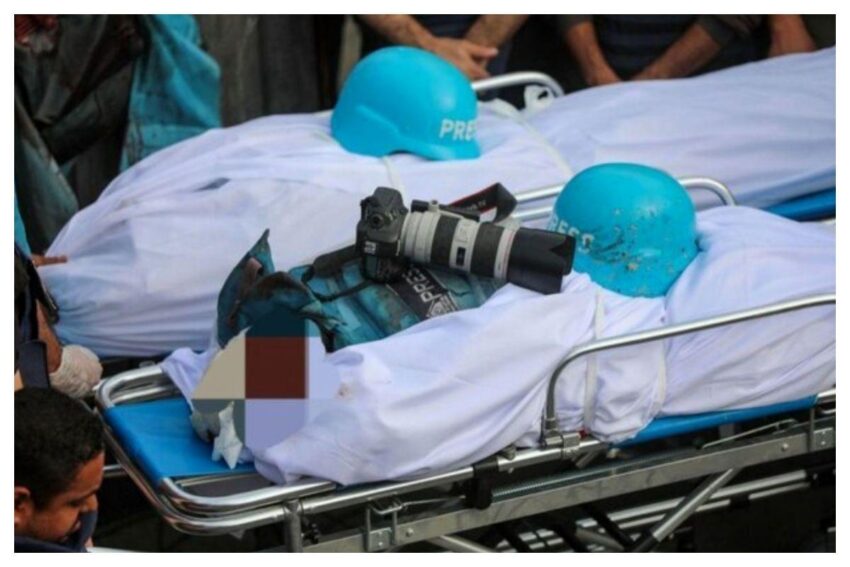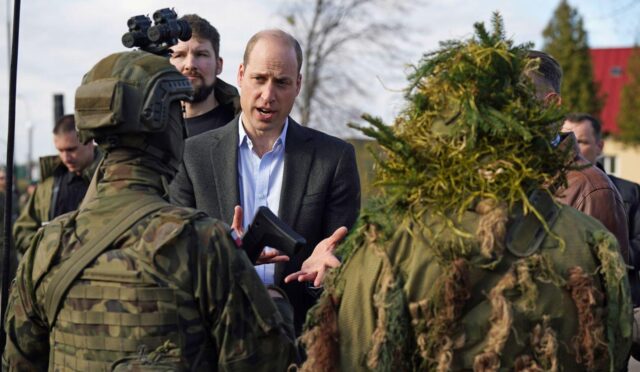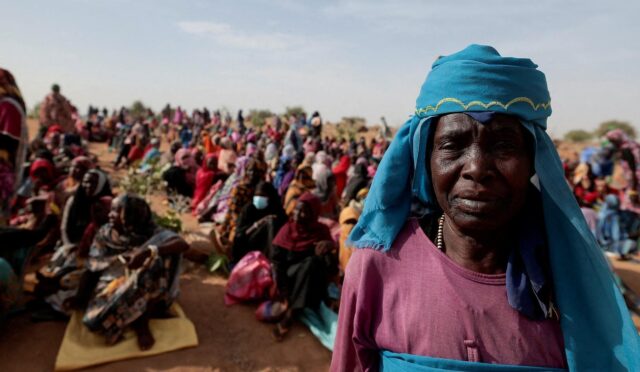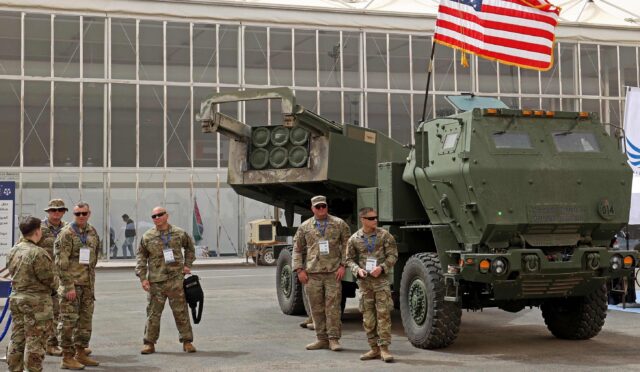Israel Launches Major Airstrikes on Gaza
On Tuesday, Israel executed its most severe airstrikes on the Gaza Strip since the ceasefire established in January. The assaults, which have drawn sharp criticism, resulted in the deaths of 220 individuals, according to rescuers on the ground. Hamas has accused Prime Minister Benjamin Netanyahu of deciding to “resume war” after negotiations to prolong the truce reached a standstill. This escalation has alarmingly targeted women, children, and the elderly, as reported by civil defense agencies.
The Israeli government justified the military action, stating that it was prompted by Hamas’s continuous refusal to release hostages and disregard for proposals put forth by U.S. Presidential Envoy Steve Witkoff. A statement from Netanyahu’s office proclaimed that Israel would adopt a more aggressive military posture against Hamas in the future, suggesting the operations will persist as long as deemed necessary, potentially expanding beyond airstrikes.
Hamas Responds to Airstrikes
Hamas released a statement condemning Netanyahu’s government for what it termed a betrayal of the ceasefire agreement. The group alleged that the Prime Minister’s decision would lead to the demise of the captives. This rhetoric positions the conflict within a contentious political backdrop, as Hamas accuses Netanyahu of exploiting the situation to bolster his own standing domestically amid various challenges.
Eyewitness accounts from Gaza paint a harrowing picture. Mohammed Jarghoun, a local resident, described waking in a tent near his devastated home to hear the horrifying sounds of explosions. He recounted seeing a fire engulfing his relatives’ house and reported significant casualties, stressing that many among the wounded were children and women.
Terrifying Conditions for Civilians
The scenes of devastation have left many in the region traumatized. Ramez Alammarin, another local, described the frantic efforts to transport injured children to hospitals. He lamented the overwhelming chaos, noting that bodies litter the streets and medical assistance remains scarce amid the bombardment. The inaccessibility of healthcare has compounded the suffering, with fear pervading everyday life in Gaza.
The civil defense agency reported devastating casualties from the latest attack, with more than 220 fatalities primarily among vulnerable populations like children and the elderly. As Israel intensifies military operations, the humanitarian crisis deepens, highlighting the urgent need for international intervention to address the dire conditions faced by civilians caught in the crossfire.
Failed Negotiations Lead to Renewed Conflict
The background of this escalation stems from a fragile ceasefire mediated by Qatar, Egypt, and the United States, which began in January after more than 15 months of heightened conflict. A pivotal moment occurred on October 7, 2023, when Hamas initiated an attack that claimed numerous lives on the Israeli side, prompting retaliatory actions from Israel. Although both entities avoided an all-out war after the initial ceasefire, they have failed to agree on subsequent negotiations.
Despite ongoing discussions for a second phase of the truce, tensions have remained high. Previous efforts saw Hamas release hostages in exchange for a significant number of Palestinian detainees from Israeli jails. However, stalled negotiations have led to increased hostilities, and Israel continues to conduct strikes in Gaza, none of which have matched the intensity of the recent operations.
Political Dynamics and Regional Alignments
U.S. officials have played a role in the unfolding crisis, with the White House confirming that the Trump administration was consulted before Israel’s operation. White House Press Secretary Karoline Leavitt publicly stated that hostile actions against both Israel and the U.S. by entities such as Hamas would not go unpunished, emphasizing the administration’s hardline stance.
Amid all this, proposals from U.S. envoy Witkoff have aimed to negotiate further hostages’ releases. However, initial meetings have reached impasses, with Hamas’s willingness to release one hostage met with what was described as an ‘unacceptable response.’ The ongoing uncertainty and instability reflect deeper issues in the region, with no clear resolution in sight.
Humanitarian Impact Overshadows Political Moves
During the ceasefire’s first phase, hostages were released on both sides, with Hamas releasing 33 hostages in exchange for thousands of Palestinian prisoners. Yet, the prospect of a second phase involving the complete release of captives and a lasting ceasefire remains unresolved, as Israel seeks to enforce stricter military conditions.
Calls for humanitarian aid have surged as numbers reveal the scale of destruction in Gaza. Reports indicate that the airstrikes have resulted in over 48,000 Palestinian deaths since the conflict began, primarily among civilians. Decreased aid and electricity have exacerbated the dire situation, leaving many in Gaza with dwindling resources and an urgent need for assistance.
The Continued Tragedy of Hostage Situations
The harrowing predicament of hostages remains a poignant aspect of this ongoing conflict. Former Israeli captive Omer Shem Tov shared emotional insights during a video address, expressing empathy for current hostages and the urgent need for their release. This personal angle underscores the human element of a conflict that often feels distant and abstract.
As the military engagement escalates, it highlights an unresolved humanitarian crisis where the suffering of innocents is often overshadowed by political maneuvering. With every airstrike and military announcement, the lives caught in the conflict hang in the balance, prompting urgent calls for a sincere dialogue towards peace and stability.







